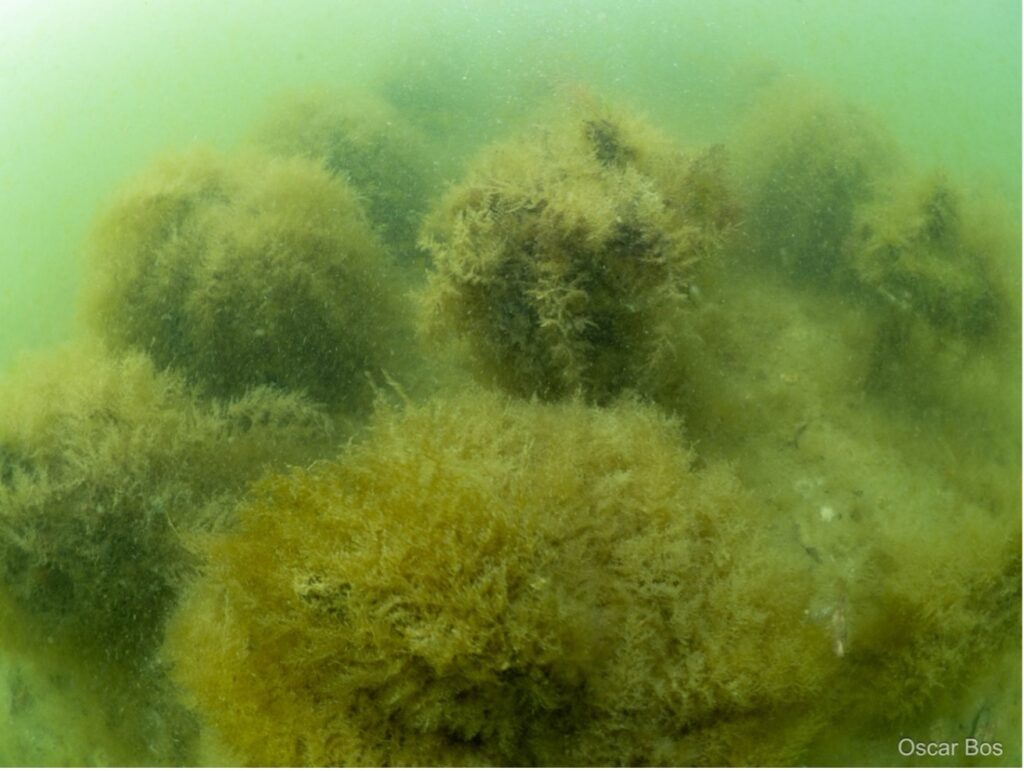Mussel Farming and Biodiversity Testing Advance in Offshore Conditions
The Dutch pilot within ULTFARMS continues to make significant progress, combining offshore mussel farming trials with innovative biodiversity enhancement experiments.
Mussel Longlines Installed and Monitored
In November 2024, five 200-meter mussel longlines equipped with loadcells were successfully installed at the Submersible Mussel Farm (SMF) of OOS in the Borssele offshore wind farm area. Initial sampling revealed promising results: mussels from test ropes showed an average shell length of 44 mm, a meat content of 26%, and contaminant levels safely below the EU thresholds for human consumption.
Despite some storm-related damage reported in March 2025 — with missing loadcells and a damaged chlorophyll sensor — the farm quickly resumed activities. By early May 2025, new longlines and droppers were installed, and mussel spat collection restarted.

Picture credits: Stefan van Mierlo OOS
Food Safety Confirmed
Two rounds of contaminant sampling (November 2024 and March 2025) confirmed full compliance with the food safety limits set by EU Regulation (EU) 2023/915. Analyses of mussels, primarily growing on the submergablestructures, demonstrated that levels of heavy metals, Polycyclic aromatic hydrocarbons, dioxins, PCBs, and PFAS remained within safe consumption thresholds.

Picture credits: Stefan van Mierlo OOS
Testing Biodiversity Structures
In parallel, biodiversity-enhancing materials deployed at a nearshore test site in 2024 were inspected again in April 2025 following the winter season. Three types of biodegradable structures — oyster settlement modules (BESE-reef paste), oyster shell bags (BESE-mesh bags), and three-dimensional reef structures (BESE-elements) — were evaluated for their stability and biological colonization.



Picture credits: Oscar Bos WMR
While some degradation was observed in the BESE-mesh bags as expected, most reef paste modules remained stable. The site showed a rich biological presence, including hydroids, mussels, velvet swimming crabs, sea stars, mud sagartias, and even an adult native oyster (Ostrea edulis).
These combined results mark important steps forward in demonstrating how offshore wind sites can host multi-use activities that support both sustainable aquaculture and marine biodiversity enhancement — key goals for ULTFARMS.

